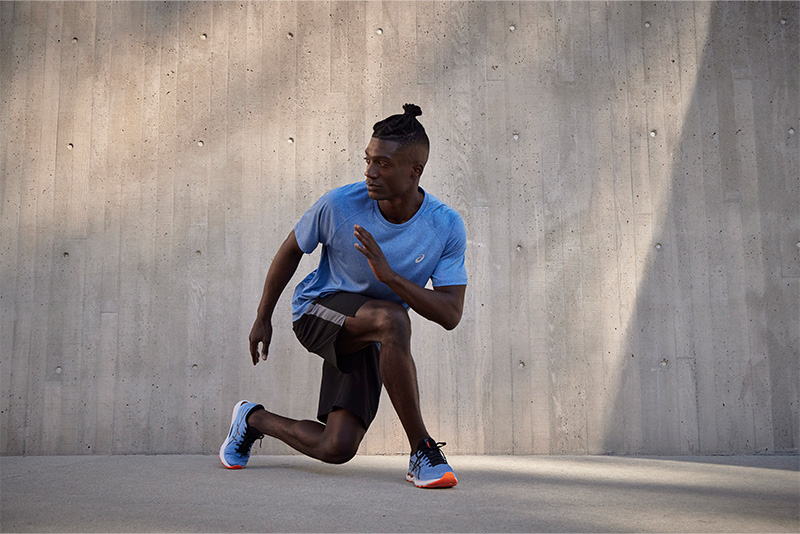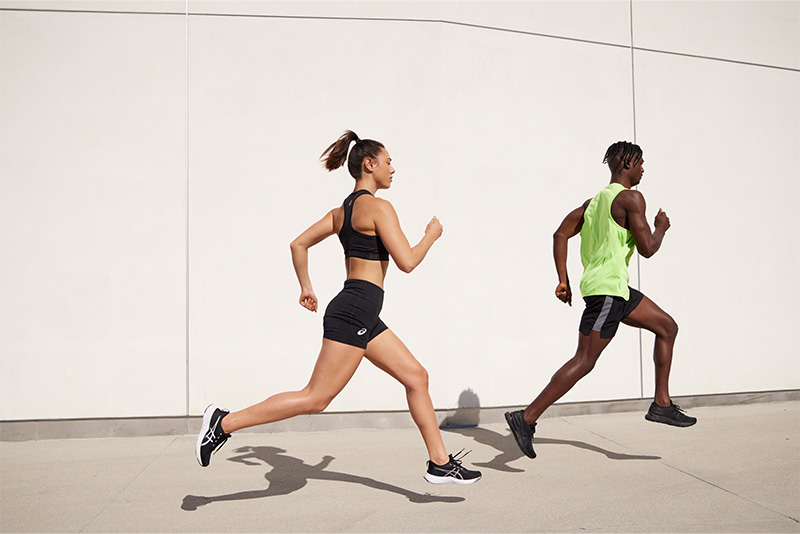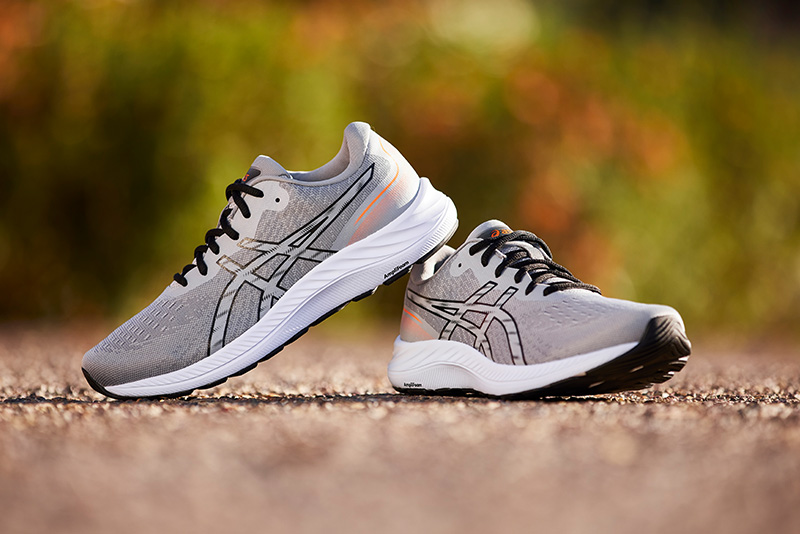Before you can get there, though, you have to make it to the start line. Our beginner training plan for a 5K is the place to start when you're ready to get off the couch and onto the pavement.
Why Run a 5K?
Each year, millions of people participate in 5K races across the country. In fact, it's the most popular type of road race in the United States. For beginners, it's an ideal distance that they can complete in less than an hour — the average time is between 27 and 43 minutes. As you train for the race, you build muscle and stamina (and may drop a few pounds along the way).
Training Basics
If you're completely new to running, it helps to establish a fitness base. Plan to spend about 12 weeks training for your first race. This gives your body time to adjust to the feeling of running, gradually building your speed and stamina with each step.
Running programs for beginners typically focus on establishing a base fitness level through routines. As your body becomes stronger, you should be able to run longer distances at faster times. However, you don't need to worry too much about this now. You'll build miles gradually as long as you're consistent.
Nutrition and Hydration Needed for 5K Training
Your body needs proper fuel during your training sessions and the big race. During training, eat nutritious meals with a balance of carbohydrates, fats, and protein. There's no need to carb load when you're running fewer than 20 miles per week.
On race day, keep it simple with an easy-to-digest breakfast that's high in carbohydrates and low in fiber. For example, low-fiber cereal with almond milk and half a banana or a slice of toast with peanut butter should provide enough fuel for your body to make it through the race. You shouldn't need to bring along energy gels or chews for the main event.
Drink 17 to 20 ounces of water one to two hours before you head out the door, and finish your run with 16 to 24 ounces of water for every pound you lost while you were out. If your run lasts longer than 45 minutes, drink an additional 5 to 10 ounces of water every 15 to 20 minutes you're outside.
Some runners carry their water bottle in a hydration backpack, on a belt, or in a hand strap so they always have it handy when they need it. Others hide their water bottle along their running route so they don't have a bottle weighing them down.
Tips for Success
With an understanding of the basics and a training plan to follow, you're ready to start logging miles. The following tips can help you make running a regular part of your life.

1. Set SMART Goals
SMART goals are specific, measurable, action-oriented, realistic, and timed. Of course, you want to finish the race, but give your general goal a makeover so you can track your progress better. For example, instead of "I will run each week," try "I will run for at least 20 minutes three times each week for the next month." Setting a specific goal increases the chance that you'll stick with it.

2. Vary Intensity Levels and Activities
Running training programs include more than running for two very good reasons. First, this helps prevent boredom so you're less likely to stop training. Second — and perhaps more important, cross-training with strength training and core work helps prevent injuries and improves your conditioning. You may try some interval training like a HIIT workout, cycling, swimming, and strength training to mix up your training and tone your body.

3. Warm Up and Cool Down
Even when you're short on time, take a few minutes to warm up your muscles before you hit the pavement. Foam rolling, dynamic stretching, and exercises like butt kicks, high-knees, and ankle rotations prepare your muscles for the work they'll do while you're running. When you're finished, try some slow jogging, foam rolling, or gentle stretching to give your heart rate a chance to come down.

4. Learn Proper Running Form
When you use proper running form, you run more efficiently and comfortably. Keep your eyes in line with your shoulders. Breathe in through your nose and out through your mouth. Keep your elbows at a 90-degree angle and at your side, and avoid letting them cross the midline of your body. Try to keep a 10-degree bend in your ankles.
Good Quality Running Shoes: The Secret to Your Success
Finding the right shoes for your body and running style can make or break your success as a runner. Avoid buying a shoe just because it looks good. You need a shoe that performs for you so you can perform on the course. The shoe should give your foot and ankle plenty of room to flex and spread out without letting your heel slip. You should have enough cushioning for a comfortable feel without bulkiness.
Runners have trusted ASICS running shoes for decades. Over the years, these shoes have earned a reputation for providing a comfortable fit and support. Top models for running include the supportive and structured GEL-KAYANO™ running shoe, the lightweight and stable GT-2000™ shoe, and the comfortable and smooth GEL-CUMULUS™ shoe.

